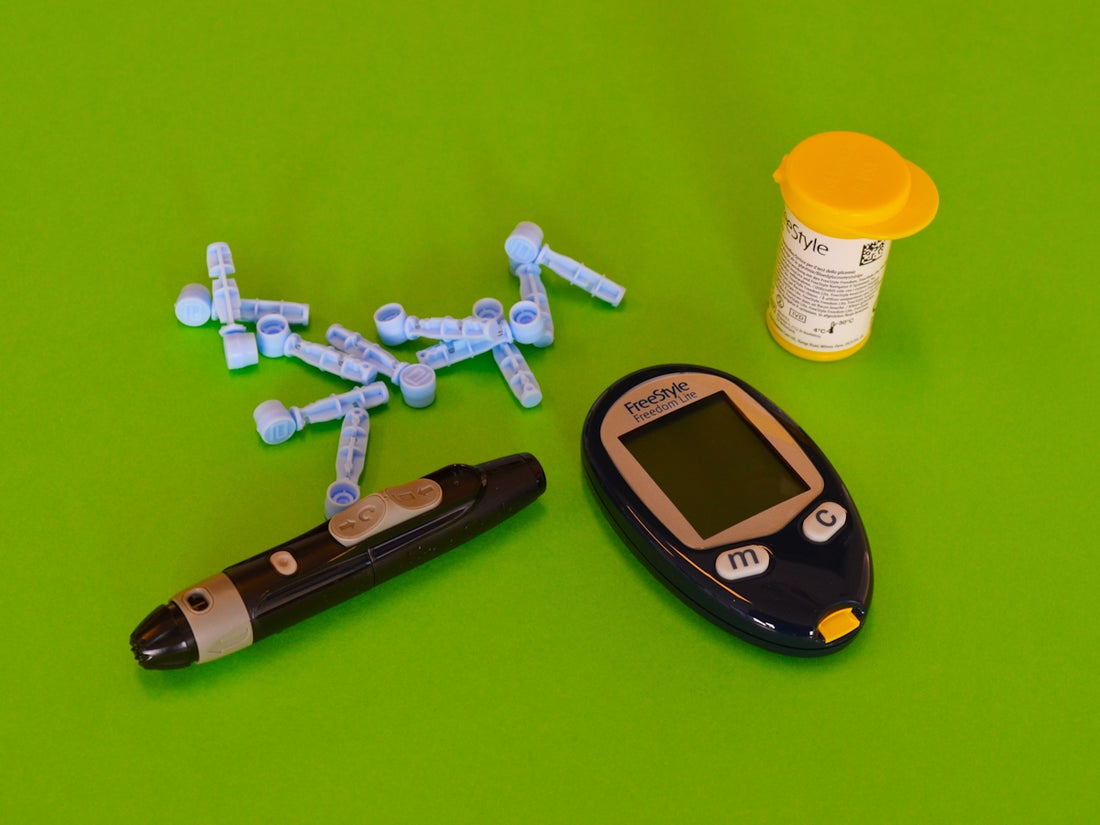
Sourdough for Diabetics: Essential Health Insights and Recipes
Understanding Sourdough and Diabetes
Sourdough bread, known for its tangy flavor and chewy texture, is a staple in many artisanal bakeries and homes. But is sourdough suitable for those managing diabetes? To answer this, we must explore the unique fermentation processes involved in sourdough production and the potential health benefits it may offer.
The Magic of Sourdough Fermentation
Sourdough fermentation involves a natural leavening process that uses wild yeast and lactic acid bacteria present in the starter culture. Unlike commercial bread that uses baker's yeast, sourdough's leavening process is slower, resulting in more complex flavors.
These wild yeast fermentation processes not only enhance flavor but also influence the nutritional profile of the bread. The presence of lactic acid bacteria lowers the bread's glycemic index (GI), which can be an important factor for diabetics who are monitoring their blood sugar levels.
Nutritional Benefits of Sourdough for Diabetics
- Lower Glycemic Index: Thanks to its fermentation process, sourdough bread generally has a lower GI compared to conventional yeast-leavened bread. This means that it results in a slower release of glucose into the bloodstream, helping to prevent spikes in blood sugar levels.
- Better Digestibility: The fermentation process in sourdough can break down components like gluten, making it easier to digest. This can be beneficial for those with non-celiac gluten sensitivity and potentially better for those managing blood sugar levels.
- Increased Nutrient Availability: Sourdough fermentation can increase the bioavailability of nutrients such as folate, antioxidants, and certain B-vitamins.
How to Start Your Sourdough for Diabetics Journey
Setting Up Your Sourdough Starter
A good sourdough starter is the heart of every sourdough adventure. Here’s a simple guide on how to maintain and store your homemade sourdough starter:
Ingredients:
- Whole wheat or rye flour
- Filtered water
Instructions:
- Day 1: Mix equal parts of flour and water (e.g., 100g each) in a glass jar. Cover loosely and let it sit at room temperature.
- Day 2-7: Discard half of the starter and then feed the remaining with equal parts flour and water daily. Stir, cover, and store at room temperature.
- As you repeat the feeding process each day, you’ll observe bubbling activity which indicates that your starter is developing.
Sourdough Starter Feeding Schedule and Maintenance
It's key to maintain regular feedings to keep the wild yeast active. If not baking regularly, store your starter in the refrigerator and feed it weekly.
Learn how to feed sourdough starter and manage a straightforward sourdough starter feeding schedule to keep it thriving. Detailed instruction found here.
How to Store Your Sourdough Starter
Store the starter in an airtight container in the fridge when it's not in use. During this period, the sourdough remains dormant until it's brought back to room temperature and fed.
Baking Tools for Your Sourdough Bread
- Bread Lame Dough Score Tools: Get precision and style in scoring with this Bread Lame Dough Score Cutting Tool.
- Fermentation Basket: Consider using an Oval/Round Bread Rattan Fermentation Basket for optimal proofing.
- Nonna Bella Carbon Steel Bread & Loaf Pans: These pans are perfect for baking consistent and beautiful loaves. Check them out here.
Easy Sourdough Bread Recipe Tailored for Diabetics
Here's a simple sourdough bread recipe that you can try at home. This recipe focuses on maximizing whole grains, which are better for maintaining steady blood sugar levels.
Ingredients:
- 500g whole wheat flour
- 100g active sourdough starter
- 350ml water
- 10g sea salt
Instructions:
- Mix: In a bowl, combine the flour, water, and sourdough starter. Let it rest for 30 minutes.
- Kneading: Add salt and knead until incorporated. Stretch and fold the dough every 30 minutes for 2 hours.
- Proofing: Allow the dough to bulk ferment at room temperature until it doubles (usually 4-6 hours).
- Shaping: Shape the dough. Here's a guide on how to shape sourdough bread.
- Second Rise: Place in a fermentation basket and let it proof in the fridge overnight.
- Scoring: Score your bread using your bread lame before baking. Learn the best sourdough scoring techniques.
- Baking: Preheat your oven with a Dutch oven inside. Transfer your dough using a silicone bread sling for easy handling. Bake at 230°C for 30 minutes lid on, then 15 minutes lid off.
- Cool: Allow the bread to cool before slicing.
Sourdough Starter vs Yeast: Why Choose Wild Fermentation?
Choosing sourdough starter over commercial yeast offers not only distinct flavors but also nutritional benefits essential for those with dietary concerns, such as keeping blood sugar levels steady.
Troubleshooting Your Sourdough Baking
Baking sourdough can come with its set of challenges, but don't worry! For any issue you face, whether it's how to feed, maintain, or having problems with the dough rising, find solutions in sourdough starter troubleshooting.
Conclusion: Embrace My Sourdough Life
Embarking on a sourdough journey can be incredibly rewarding, especially when aligned with dietary needs. Not only does sourdough bread offer a unique taste and texture experience, but it also provides health benefits that are crucial for managing conditions like diabetes.
Explore the myriad possibilities within artisan bread baking and discover more about this timeless tradition. Your journey into My sourdough life begins here.
For more tips and recipes, visit Italian Sourdough.
Embark on your sourdough adventure today, and enjoy healthier bread options tailored for your needs!
